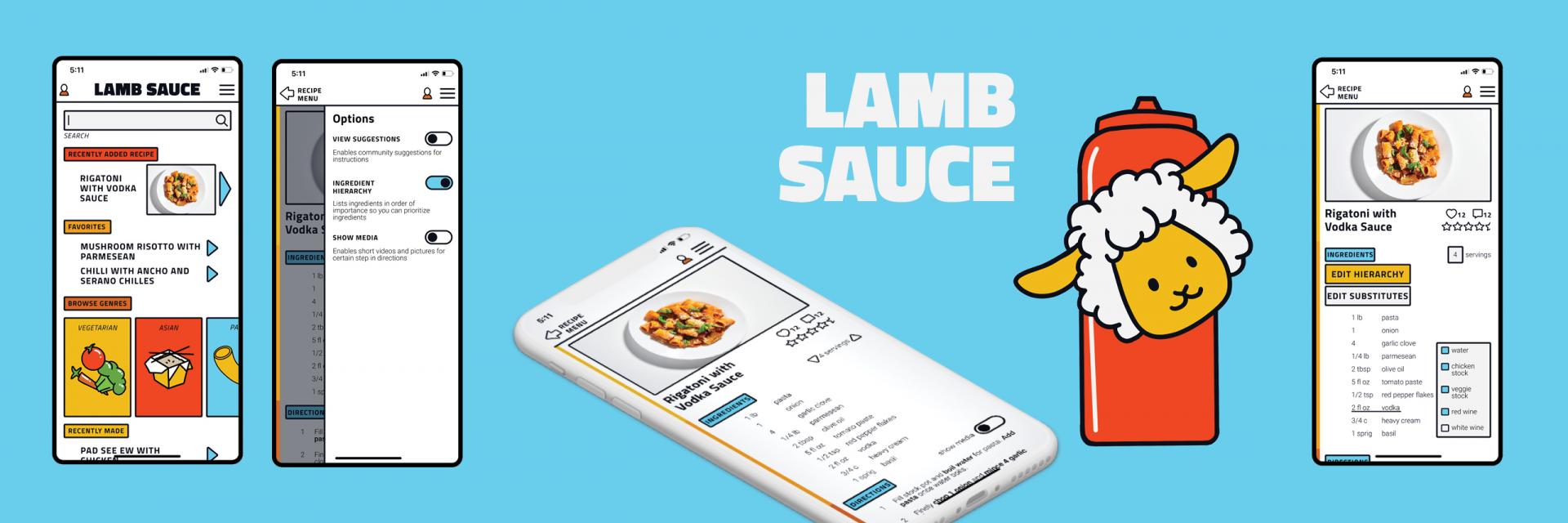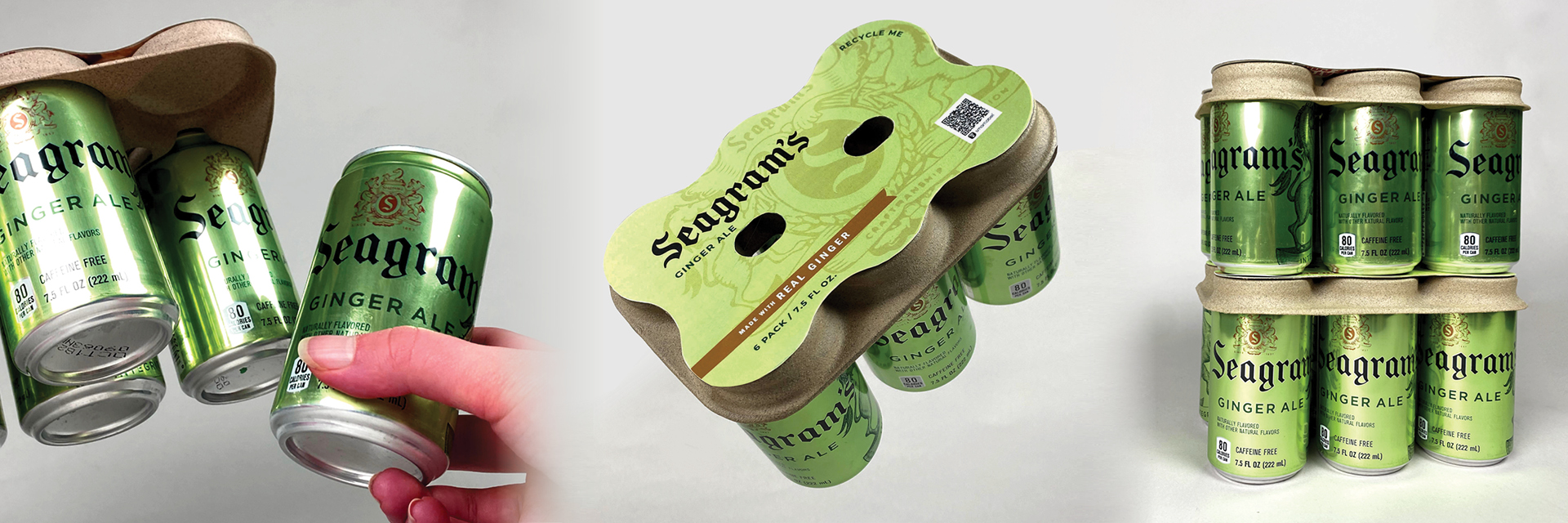
Co_Lab
Teammates:
Claire Cheng, Morgan Platt, and Jason Yang
Class:
ID 3825 | Instructor: Kevin Shankwiler, Yaling Liu
Co_Lab is an online learning platform designed to ease the transition that many students have had to undergo to online. Drawing inspiration from video games, Co_Lab's primary design goal is to create a remote classroom environment that establishes presence. The application allows students to easily interact with their peers without the messy needs of a breakout room. Other features for Co_Lab include screen-sharing, reactions, hand raise queue, dashboard, calendar, and global and private chat.
A video can be viewed here: https://www.youtube.com/watch?v=WRHXcqUzUpo
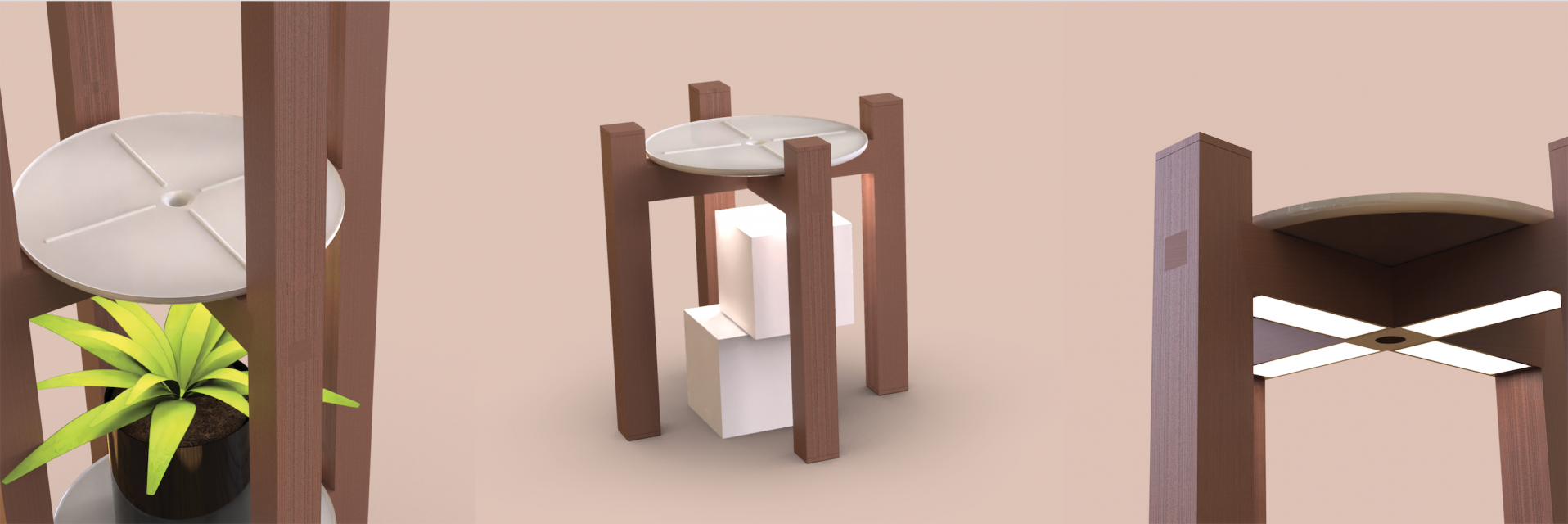
Babylon
Class: ID 3041 | Instructor: Samuel Harris
Babylon is a modular product system designed to help young adults more easily grow plants in small spaces.
Lights shine from the crossbeam above the plant, providing it the light it needs to grow without leaving the user dependent on sunlight. The top and bottom caps for the legs can be removed to stack multiple tables atop one another to create a vertical tower. These connections are made with magnetic connectors that require very little assembly and disassembly by the user.
Babylon is designed to be easy to assemble for the user and ship in a flat box. In manufacturing, no screws are used, and instead uses a variety of joinery carpentry techniques to stay together.
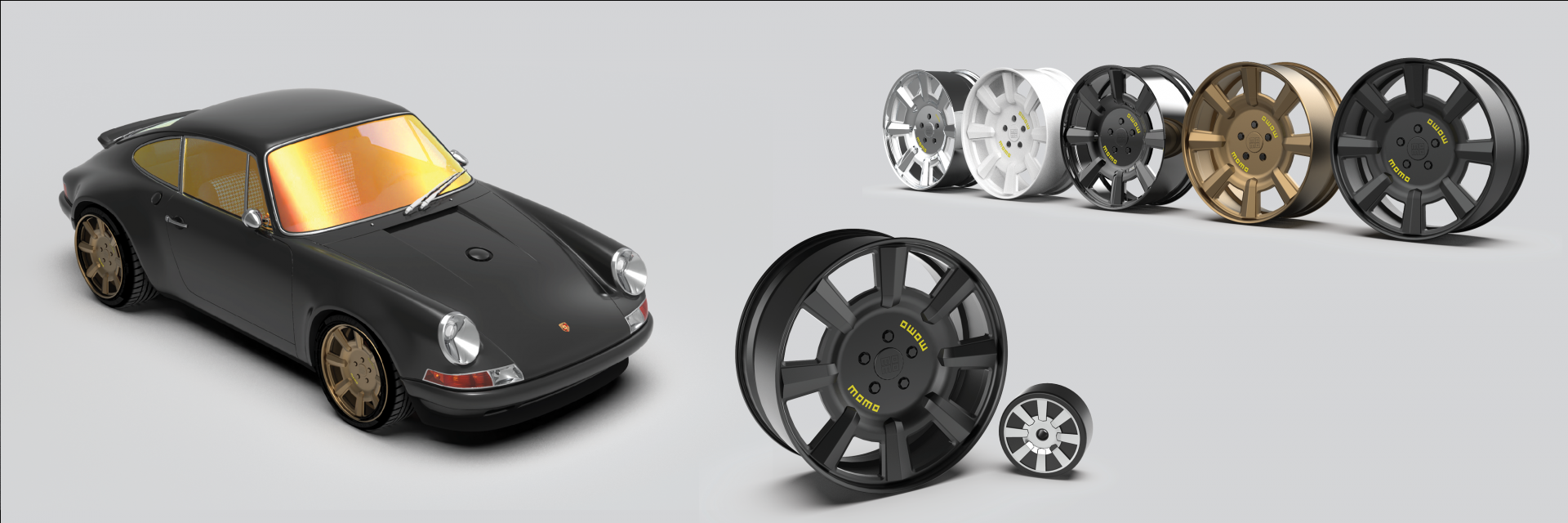
Car Project
Class: ID 3041 | Instructor: Samuel Harris
This was a sponsored project with Momo racing where we students got to work closely with Aston Liyanarchi, a professional designer working at Momo. In the initial phases of visual research, I look at wheel designs like the Heritage 6, Watanabe, Fuchs, and OZ Rally Racing wheels as inspiration for my design. Cars I looked at included an E36 M3 and a 1984 911 Porsche. Designing the wheel, I paid special attention to ensure that the brake calipers would be easily seen. The design features a chamfered, 8 spoke wheel with a 5 x 120 bolt pattern that has a diameter of 20 inches and a depth of 9 inches. The wheel comes in a variety of colors and is modeled on a Porsche model made by Szymon Kubicki.
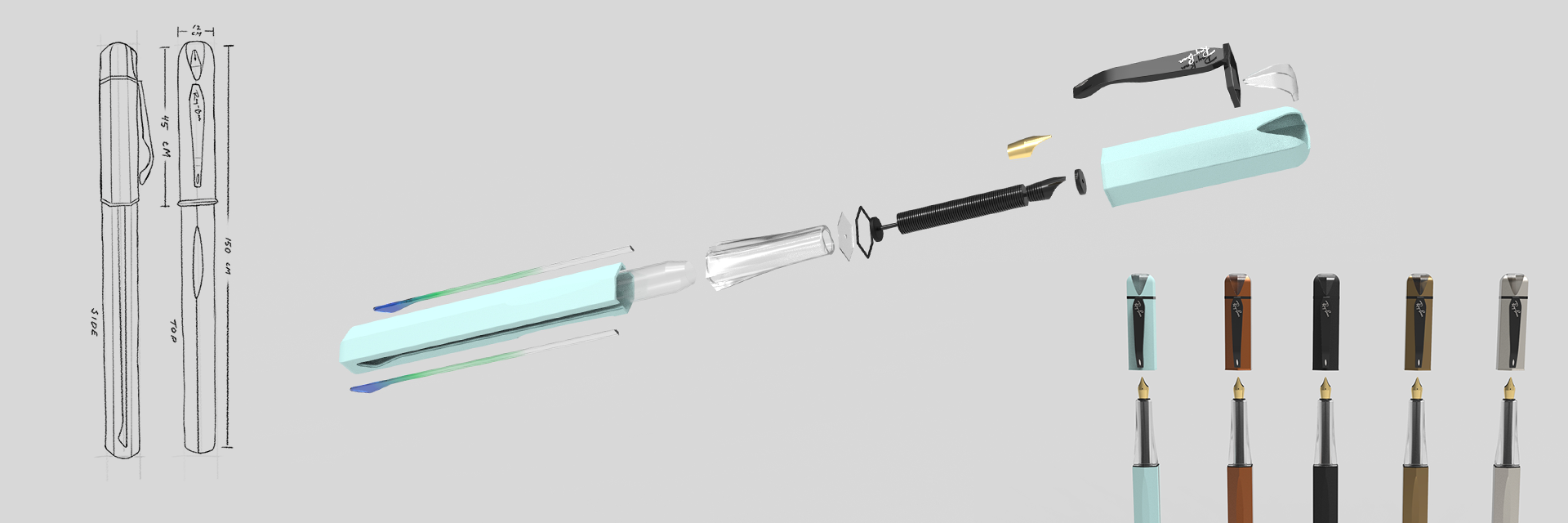
Brand Language Project
Teammates:
Jenny Kim
Class:
ID 3041 | Instructor: Samuel Harris
This branding project required us to design a writing utensil that embodied the brand Ray-Ban. We eventually settled on a fountain pen design mimicking the mid-century modern period that the Wayfarers originate from.

Orime
Class: 2023 | Instructor: Lisa Marks
Orime is an articulating floor lamp designed with two goals in mind: guiding light and origami construction. The open position allows for direct light onto the work surface while the closed position creates ambient, indirect light. The paper shade is made of a single rectangular piece of paper folded into a shape inspired by the origami magic ball. The inner support skeleton was 3D printed and sewn into the lampshade. A pulley system allows the user to pull the hanging strings into the lamp configuration they would like. The base is welded steel plate and tubing.

Phone & Airpods Dock
Class: Digital Design Methods 3320 | Instructor: Tim Purdy
This dock is designed to hold both an iPhone and an AirPods case. The dock itself features a speaker and volume control dial, as well as LED’s to indicate when the AirPods case is charged. The wooden support can be rotated and put away for easier storage. The CAD file includes all electronic parts and manufacturing drawings. iPhone and AirPods were pulled off grabCAD and everything was rendered in Keyshot.
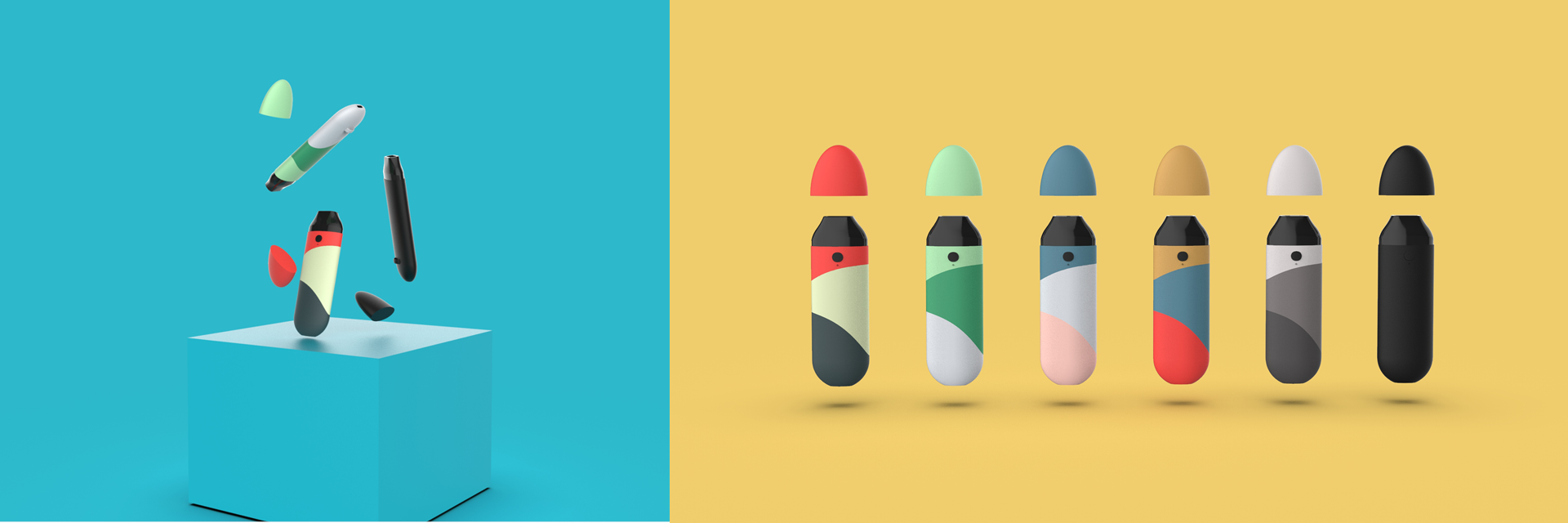
BAX
Class: ID 2024 | Instructor: Lisa Marks
BAX is a smart device that teaches college students their drinking limits. Recent trends show a growing awareness of alcohol consumption, especially in teens and young adults. Students gain most of the drinking experiences in college and are expected to discover their own limits using trial and error. BAX takes away that guessing game. The user simply removes the cap and blows into the opening. BAX measures the amount of alcohol in their breath and gives an estimate of how many drinks they have consumed using their health data via Bluetooth to their phone. While BAX uses BAC levels to estimate this, the user is instead given easily interpreted information on their consumption. BAX takes away the stigma of using a breathalyzer by unobtrusively hiding on the user’s keychain and fitting right in at a college party.

